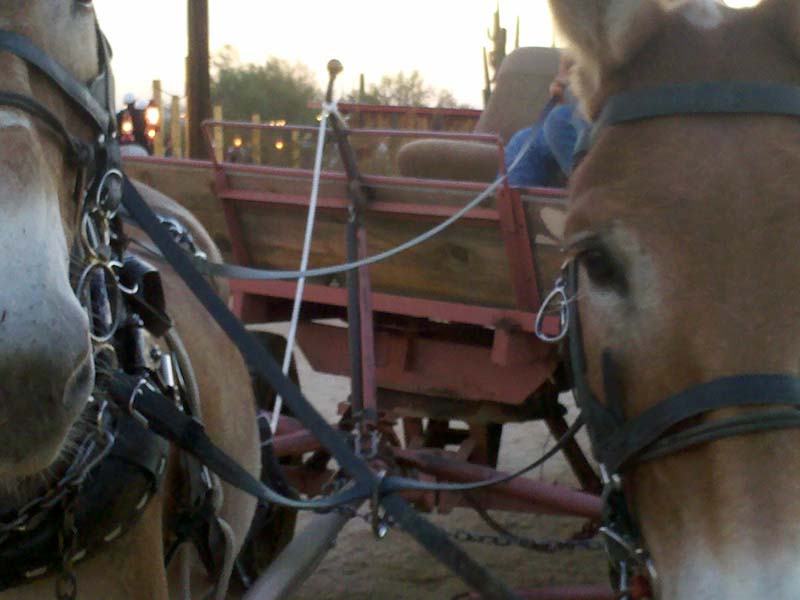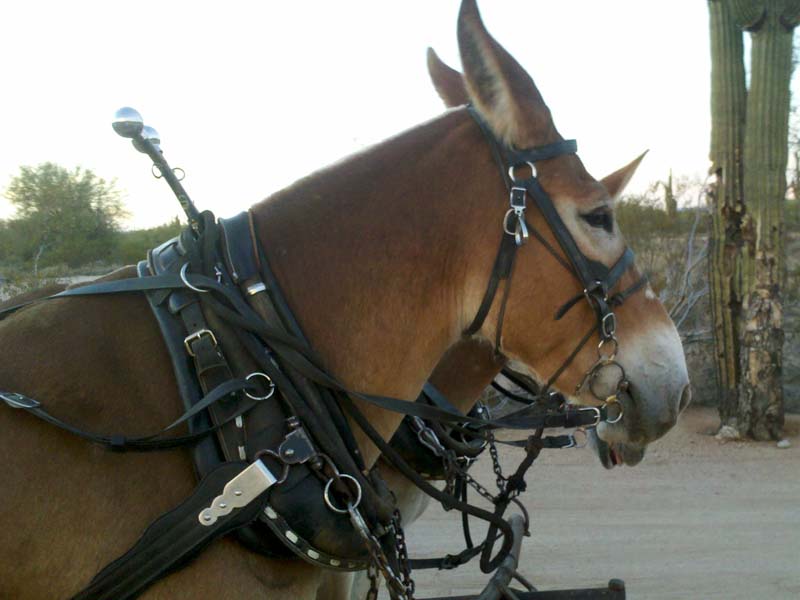[QUOTE=fivehorses;5138978]
I cannot imagine myself ever using a running w, but if i had a team, i would think i’d want them both to have a runningw, not just one.
In other words, I’d want them both to fall, not just one, and the other keep bolting.
As far as training…no way, I want the horse to learn whoa, etc by voice and repetition.
I do have a question.
I know of a person/acquaintence that had a team of very well trained horses.
Very unfortunately, when he got to his barn, one of them rubbed and dislodged the bridle, and the two bolted, a serious bolt running for a few miles, and well, it ended in disaster for the team.
So, I am wondering, if in this situation, or the Iowa one too, or any where you have well trained horses and something goes wrong, if a running w could be the insurance policy. I would hate to use it, but if it was to save lives, could folks see its use?
I want to be clear, nothing beats a well trained team, or pair, nothing, but, could this prevent an accident? Also, can you adjust the pull, so the horses don’t violently fall, but sort of just go down on their knees?
Just asking here.[/QUOTE]
In my opinion -In a true bolt, with a big team -the lines would be jerked from your hands ASAP or the lines would break -even with a pulley system. Ever tried to hold a draft’s foot up that chose to slam it down during picking a foot? And that is at a stand still.
In the past, in movies -when horses were put at a dead gallop and then a running W (made of a cuff with wire) was used to stop those horses by anchoring it to the ground, there were spectacular wrecks -horses usually summersaulted -often involving stage coaches. They don’t go down gently -they often broke a leg and were put down. The carriages would fly apart. One of the Errol Flynn movies had dozens of horses die with the use of a running W and movie actors die/injured. It was banned in the USA in 1939 from movie making. Eventually the use of the running W was banned worldwide in movie making.
Yakima Canutt, an amazing horsemen was the inventor of the running W used in the movies. "One of Yakima’s inventions was the notorious ‘Running W’ stunt, which was a method of bringing down a horse at the gallop by attaching a wire, anchored to the ground, to its fetlocks and so launching the rider forwards spectacularly at a designated point. "
““In the five years between 1925 and 1930, fifty-five people were killed making movies, and more than ten thousand injured.” – from Falling: How Our Greatest Fear Became Our Greatest Thrill by Garrett Soden.”
If you think this technique is going to save people from a true bolt -no it is not. There is a lot of evidence from the movie making industry about what happens when a running W is used to stop horses at a dead run. As a training device, when a horse won’t whoa at a walk -well, I just haven’t had that issue in training my horses. If you can’t get a whoa at a walk, you don’t belong on the road!
As a device to stop a true bolt, in my opinion and most teamsters opinion, it is not going to work! Most likely more harm than good will come of it. Particularly as it is a complex device to use and it is often put in the hands of people not trained to do so.
As more and more people advocate it (not from experience of it actually working for a bolt) but because they seem to feel a need to do “something,” I imagine it will just be a matter of time before some spectacular wrecks occur.
Anyone who thinks this was ever a common device, just go google historical photos of driving horses. Let me know how many you have to look at before you find a running W being used. I just pulled out a bunch of “Percheron News,” dating back 100 years to present. Not one photo could I find of anyone using such a device. It was not done with my breed -that is for darn sure!




 Now I see why that bar was positioned in the center of the dash - it allows the driver easy access to the secured reins when climbing up either side of the wagon.
Now I see why that bar was positioned in the center of the dash - it allows the driver easy access to the secured reins when climbing up either side of the wagon.